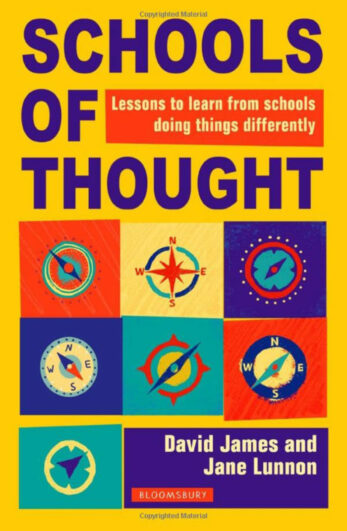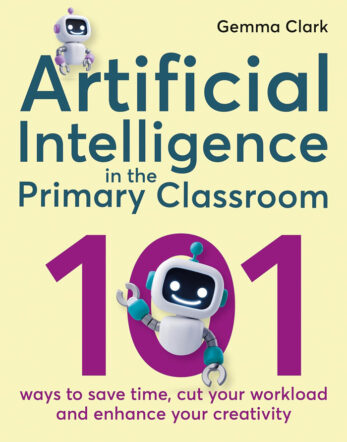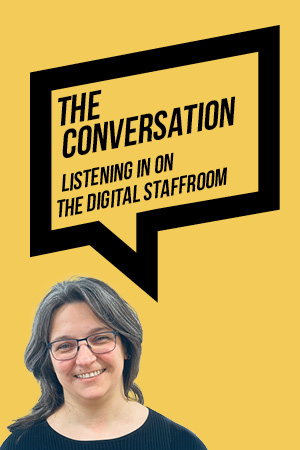They had me from the intro, which basically goes like this: “We know you’re suffering. We understand that the majority of your CPD over your teaching life (15 years, in my case) has been well-meaning but inapplicable to the classroom and generally forgotten the next day. We are here to condense the research into bite-size chunks and tell you what’s real and what’s junk.”
The concept is that authors put questions that teachers actually ask to two experts in each chapter, to flip the “outside-in model of knowledge creation” by university researchers removed from the “day-to-day practice of schooling”. Sometimes the two experts agree, but sometimes they approach the question very differently.
The authors told me to “dip in and out”, so I’m going to start with something in the Learning Myths chapter that flipped a switch: Bloom’s taxonomy is not a triangle! You don’t have to build up each element sequentially. Bloom conceived them more as “tools in a toolbox”, explains Pedro de Bruyckere. Thus, it is “possible (and often quite useful) to apply in order to understand or to evaluate as you apply”.
But even once you’ve worked out what Bloom meant… it’s all a little bit emperor’s new clothes: there’s no research to back it up. It’s just “what Bloom reckoned”. Yes, those are David Didau’s actual words.
As a head of year, I particularly liked the chapter on behaviour
Dylan Wiliam and Daisy Christodoulou share some useful insights in Assessment, Marking and Feedback. “The best person to mark a test, is the person who just took it”, says Wiliam. This is due to two factors: retrieval practice, and something called the “hypercorrection effect”, which basically means that seeing you got something wrong (especially if previously convinced you were right) is a really effective way of embedding the correct information.
As a head of year, I particularly liked the chapter on behaviour.
Tom Bennett speaks sense about consistency over time; you have to be willing to stick it out until kids finally see you more as an “authority figure than an interloper into their culture”.
Jill Berry gives a great example of research in action when she describes an intervention that targeted one entire year group on behaviour, going into lessons over and over and looking for what was actually working, before presenting their findings to the whole staff.
Having just launched a reading scheme for our year 7s, some of the insights in the Reading and Literacy chapter were invaluable. Alex Quigley’s focus on “disciplinary literacy” as part of whole-school literacy makes a huge amount of sense: “how does a scientist read, write and talk?”
While not a proponent of ED Hirsch, having been indoctrinated for years in the US by his (middle-class white Anglo-Saxon Christian) “common culture”, I finally found something I could agree with: “If language is the medium by which you instruct and assess students, then it follows that precise, accurate and efficient use of language will have a significant effect on your students’ learning”.
“The elephant in the room, of course, is that many teachers are not confident in their own language skills,” adds Dianne Murphy, who suggests language and literacy CPD as a remedy.
I found the quotes on the summary page at start of each chapter hard to read due to the font, but the short chapter introductions were helpful.
The experts show intellectual humility, which in an era of social media face-offs is kind of nice. It’s more of a “here’s the research that informs the answer” approach – with no dogma.
It’s going in my office. Or maybe at home on my bedside table.
As a teacher from abroad, I now feel up to date on the debates of the day. As a mentor to a young teacher, this is the book I would give, also to a whole bunch of fellow middle leaders.
“Wouldn’t it be great if, for an inset day, your head took you to a good library?” muse the authors at one point. This wouldn’t be a bad place to start.








Your thoughts